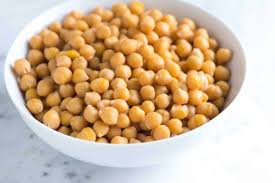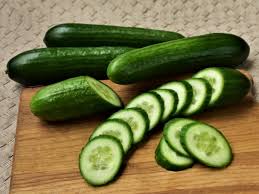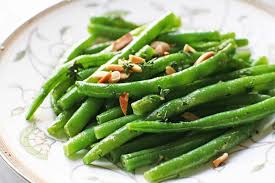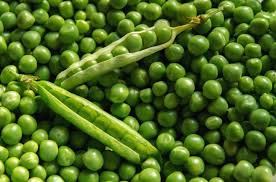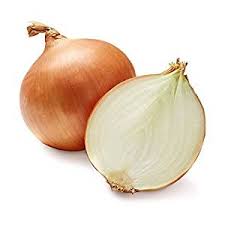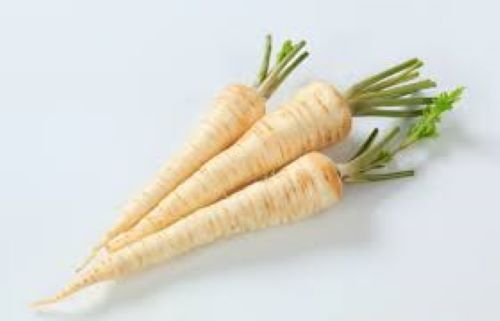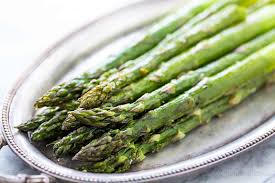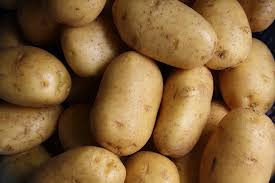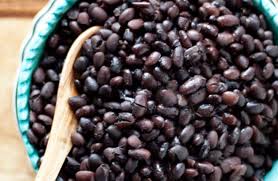Vegetables
Of all the super healthy greens, kale is king. It is definitely one of the healthiest and most nutritious plant foods in existence. Kale is loaded with all sorts of beneficial compounds, some of which have powerful medicinal properties. Here are 10 health benefits of kale that are supported by science.
Read MoreBeans and legumes are some of the most underrated foods on the planet. They are excellent sources of dietary fiber, protein, B vitamins and many other important vitamins and minerals. There is good evidence that they can help reduce blood sugar, improve cholesterol levels and help maintain a healthy gut. Not only that, but eating more beans and legumes as a source of protein instead of meat is also environmentally friendly. Add them to soups, stews and salads, or just eat them on their own for a nutritious vegetarian meal.
Read More8 Great Reasons to Include Chickpeas in Your Diet Chickpeas, also known as garbanzo beans, are part of the legume family. While they have become more popular recently, chickpeas have been grown in Middle Eastern countries for thousands of years. Their nutty taste and grainy texture pairs well with several other foods and ingredients. As a rich source of vitamins, minerals and fiber,
Read MoreMinerals Green beans are a good source of minerals, especially manganese. This essential mineral supports your metabolism and has antioxidant abilities. It also supports bone health and promotes wound healing. Other minerals in one cup of raw green beans include: calcium: 37 mg iron: 1.03 mg magnesium: 25 mg phosphorous: 38 mg potassium: 211 mg zinc: 0.24 mg
Read MoreGreen peas are a popular vegetable. They are also quite nutritious and contain a fair amount of fiber and antioxidants. Additionally, research shows they may help protect against some chronic illnesses, such as heart disease and cancer. On the other hand, some people claim green peas are harmful and should be avoided due to the antinutrients they contain, which can cause bloating. This article takes a detailed look at green peas to determine if they're
Read MoreBenefits Comparison Uses Takeaway Iceberg lettuce Iceberg lettuce is the crunchy, pale vegetable you’ll often find added to your fast-food burger or diner salad when you eat out. It has a neutral taste and refreshing crunch, making it a favorite among children who won’t eat other kinds of lettuce. It’s not as rich in nutrition as many other greens, but it does provide some benefits.
Read MoreThough all vegetables are important for health, certain kinds offer unique benefits. Onions are members of the Allium genus of flowering plants that also includes garlic, shallots, leeks and chives. These vegetables contain various vitamins, minerals and potent plant compounds that have been shown to promote health in many ways. In fact, the medicinal properties of onions have been recognized since ancient times, when they were used to treat ailments like headaches, heart disease and mouth sores
Read More7 Surprising Health Benefits of Parsley Root Often referred to as Hamburg root, parsley root is used in many cuisines across Europe. Although closely related, it should not be confused with the more popular varieties of leafy green parsley that you might grow in your garden or use as an herb. Parsley root comes from a subspecies of garden parsley known scientifically as Petroselinum crispum Tuberosum. Although its leaves are edible, it’s grown for its thick, tuberous roots. While it looks like a cross between a carrot and a parsnip, its flavor profile is quite unique, as it provides hints of herbaceous parsley.
Read More7 Reasons Why You Should Eat More Asparagus Asparagus, officially known as Asparagus officinalis, is a member of the lily family. This popular vegetable comes in a variety of colors, including green, white and purple. It’s used in dishes around the world, including frittatas, pastas and stir-fries. Asparagus is also low in calories and packed with essential vitamins, minerals and antioxidants. This article uncovers 7 health benefits of asparagus, all supported by science. 1. Many Nutrients But Few
Read More

